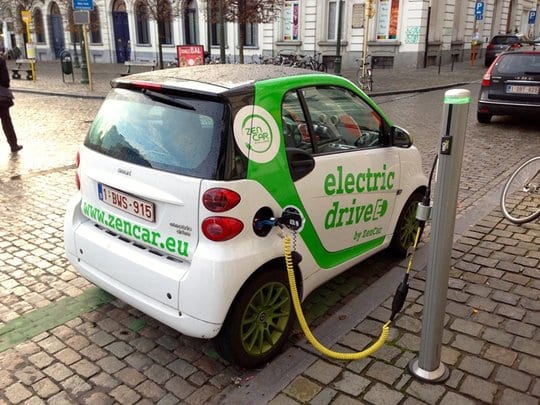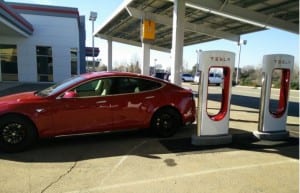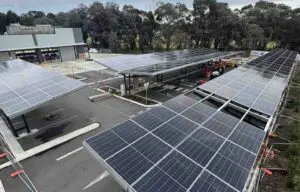US electric car sales jumped approximately 68% in February 2017 versus February 2016. Fully electric car sales were up 74%, while plug-in hybrid sales were up 61%. For the first two months of the year, that puts all plug-in car sales up 64%, fully electric car sales up 57%, and plug-in hybrid sales up 72%.
Naturally, one of the standout points this month is that my estimates for Tesla Model S and Model X sales put the two high-end EV models in first and second place. They were followed by two plug-in hybrids that have fairly broad availability (theoretically) — the Chevy Volt and Toyota Prius Prime.
Toyota Prius Prime numbers were almost identical in January and February, which backs up our finding that the model is production limited versus demand limited. I have to wonder how much demand there would be for the model if it weren’t production limited and Toyota was really pushing it.
Surprisingly, Chevy Bolt sales fell down a little bit in February versus January. The Bolt is still production limited itself, but one would think GM is ramping up production capacity as quickly as possible. Perhaps carryover deliveries in January from the holidays or bureaucratic holdups in certain places are why January saw more sales — or perhaps it’s just that February is a shorter month.
In the end, the sub-1000 Bolt delivery total meant that the Nissan LEAF — which is holding on surprisingly well — logged one more month ahead of the Bolt.
Of course, after those top 6 models, Ford’s two Energi models (Fusion Energi and C-Max Energi) held a solid lead over the rest of the pack. We thought the Energi models were available nationwide, thus accounting for their steady sales in the top 10. However, it turns out they’re hard to get a hold of even in EV-loving Florida. Though, Ford’s electric cars are still available much more broadly than most compliance cars, and quite loved by their owners.
In total, those top 8 models accounted for 82% of the EV market. The top 6 models accounted for 71% of the market. Overall, electric cars accounted for precisely 1% of the US auto market.
Source: CleanTechnica. Reproduced with permission.










